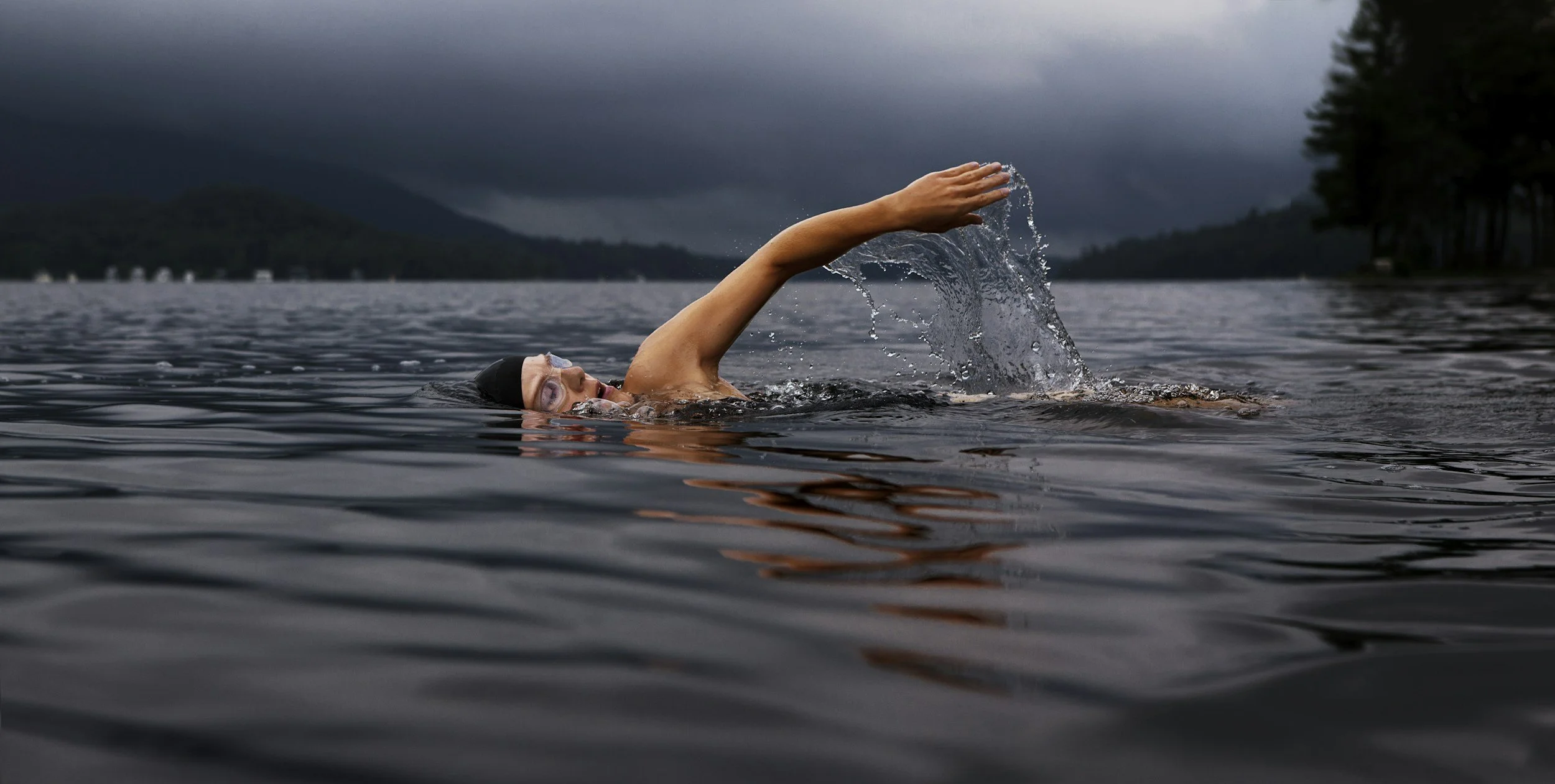Lake Ontario Waterkeeper Log: The Cost of Poor Water Quality
We’re excited to introduce “Lake Ontario Waterkeeper’s Log” a new series featuring the personal observations and insights of Gregary Ford, our Lake Ontario Waterkeeper.
It's August, and August is National Water Quality Monitoring Month. There's something fitting about examining water quality as summer reaches its peak—when we're most drawn to our lakes, rivers, and beaches, seeking relief from the heat and connection with the blue spaces that define so much of who we are.
Poor water quality isn't just numbers on a monitoring report. It's a web of consequences that touches every aspect of our lives, from the economy that sustains our communities to the health of our families, from the resilience of our ecosystems to our ability to adapt to a changing climate.
The Economic Toll
The price tag of poor water quality shows up first in our infrastructure. There’s a cost to creating and maintaining the proper facilities to treat our water, especially as more treatment facilities are needed to adapt to the increasing demand of treating water for various purposes.
But the costs ripple outward. In coastal towns and lakeside communities, fisheries often sustain families and entire communities. Healthy fish need healthy water, and when that foundation crumbles, so do the livelihoods built upon it.
Tourism suffers too. Picture a waterfront community trying to operate a kayak rental business when thick mats of algae float on the surface, turning the water an unnatural green and filling the air with the smell of decay. The visitors who once came to experience the beauty of the water now turn away, taking their dollars elsewhere.
The Health Costs — A Loss of Blue Spaces
Poor water quality steals something precious from us—our blue spaces, those critical refuges we turn to when the world becomes too much, and especially — too hot. During heat waves these waters should be our sanctuary. Instead, they become off-limits, posted with warning signs that tell us the very places we need most are now dangerous and unfit for swimming or recreation.
Sometimes there may not be signs, and people jump into the water expecting a day of fun, a reprieve from the repressive heat of late summer days — but they end up sick. E. coli, Shigella, viruses—invisible threats that turn a day at the beach into days of illness. Now, the health impact becomes an economic impact too, as families miss work, children miss school, and the economy bears the double burden of treating preventable diseases while losing productive members of the workforce.
Photo courtesy of Todd Quackenbush
The Burden on Our Ecosystems
Poor water quality doesn't just harm humans—it unravels the intricate web of life that makes our planet habitable. Massive algae blooms, fed by nutrients that don't belong in the water, consume oxygen faster than it can be replenished. The water becomes hypoxic—starved of the oxygen that fish and countless tiny organisms need to survive.
The benthic macroinvertebrates—those small, crucial creatures living in the sediment—begin to die. They're the foundation of the food web, and when they disappear, everything above them starts to collapse. Fish populations crash. Birds that depend on those fish move on or starve. The biodiversity that took millennia to develop can be destroyed in a single season.
And when these ecosystems fail, we lose more than just the beauty of a healthy lake or river. We lose the services these systems provide for free—natural water filtration, temperature regulation, flood control. Suddenly we're forced to replace nature's work with expensive human-made alternatives that never quite measure the original. It’s a very evident pattern — the things that harm our environment, end up harming our health and economy as well.
The Promise of Swimmable Waters
At Swim Drink Fish, we hold onto a simple but powerful belief: swimmable water is the ultimate indicator of a healthy community. When you can safely enter the water, when children can play at the water's edge without fear, when families can cool off during heat waves by diving into a lake or river—that's when you know a community is thriving.
But perhaps most importantly, swimmable waters represent trust. Trust that the community has done the work to protect its most precious resource. Trust that when you enter the water, you're not gambling with your health. Trust that the place you call home values both environmental protection and human flourishing enough to make them possible together.
Swimmable waters are more than an environmental achievement—they're a promise that a community keeps with itself, generation after generation.

